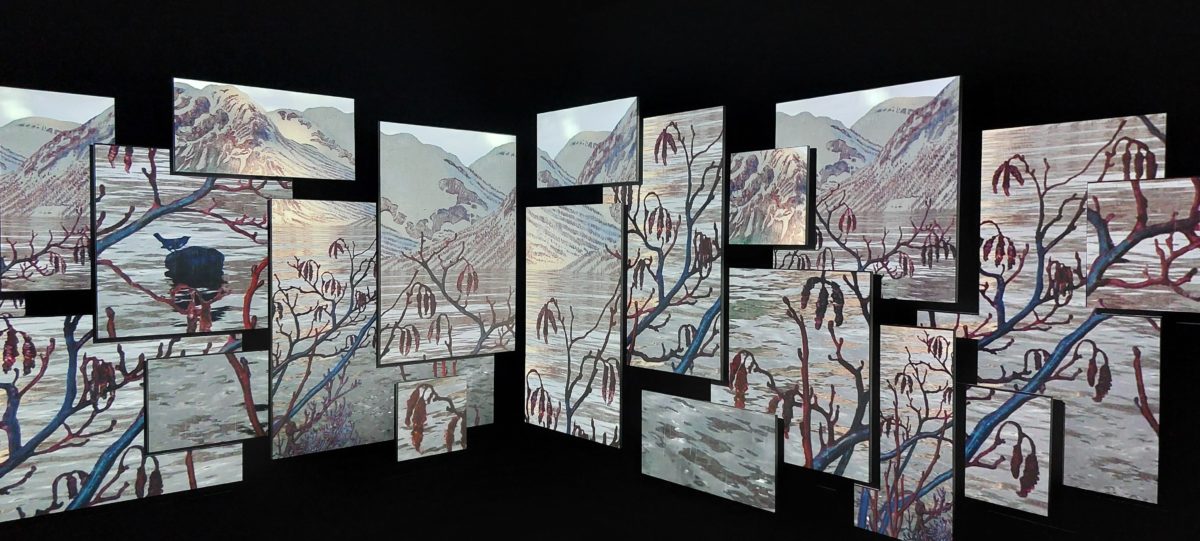The company provides expert consultancy services to commercial operators, and due diligence to investors, with a particular focus on mixed use, airports, travel, and retail property. The team help their clients by delivering expert services in commercial intelligence and quick wins; commercial strategy and vision; space planning and revenue forecasting; and investment advisory and due diligence.
机场作为创意参与空间的艺术与演变


交通环境中的艺术并非新现象。它早就成了公共旅行环境的一部分,并影响和跨越了建筑结构的边界,对建筑设计产生影响,并成为整体设计不可分割的一部分。艺术已被用于实现鼓励旅行、增强空间并凸显人性化、打造地标和协助导视等功能,以及彰显政治主张和提升公共关系等功能。
随着旅游中心的用途不断发展,它们越来越多融入城市网络,艺术的融合在社区互动和打造地方特色中发挥了重要作用。艺术增加了人的视角,创造了令人感觉闲适的焦点。艺术可以鼓舞人心、提供娱乐和消遣,并使机场运营和商业活动中的空间更具美感。
我们与客户的许多交流都涉及到创造独特的作品,一个或一系列“令人惊叹”的时刻,一些难忘的、值得在“Instagram”等社交媒体上分享的瞬间。在这种情况下使用艺术的例子有很多,但我们主张考虑更广泛的计划,目前我们正在与机场讨论将艺术计划整合到航站楼的可能性。
交通枢纽是地方、人、文化和体验之间瞬间交汇的过渡空间。它们是一个充满潜力的场所,旅客可以在此反思过往,或向新的想法敞开胸怀。这是向一个人提出新想法和创意的机会。这种互动可长可短,是日常生活中的喘息和暂停,不必担心错过航班,却足以标记一个时刻和一段记忆。创造正向的记忆至关重要,它将存留于脑海,成为双方共同的纽带,可以提高忠诚度,增加再次或长期光临的可能性。
我们必须以整体方式处理包括机场航站楼在内的乘客环境,以创造连贯的空间,其中的乘客流程、福利、座位、导视和信息、商业品牌广告和媒体的所有组成部分都经过平衡和优化,以确保乘客的舒适度和满意度。
“艺术已被用于实现鼓励旅行、增强空间并凸显人性化、打造地标和协助导视等功能,以及彰显政治主张和提升公共关系等功能。”

这些作品的放置方式和位置既要考虑到实用角度,又要关注其所处的背景。将一件作品纯粹放置在空间中需要对其形式、价值、比例、体积、表面和空间有成熟的理解。而提供一个框架或支架(“第四基座”)为作品与环境的快速整合提供了一个视角。
这并不是一个新的点子。史基浦机场可能因其私人收藏以及与国家博物馆的联系而被提及最多,另外还有希思罗机场二号航站楼的“Slipstream”雕塑;在多哈机场,当地和地区艺术家在机场周围展示其公共艺术;在都柏林机场展示的爱尔兰诗人的插图和语录;在首尔仁川国际机场设有韩国传统文化中心,为乘客提供展览、表演和互动体验,特别关注长期过境旅客。
机场艺术并不是一个新概念。史基浦机场可能因其私人收藏以及与国家博物馆的联系而被提及最多。其他例子包括希思罗机场二号航站楼的“Slipstream”雕塑;多哈机场在航站楼周围举办了当地和地区艺术家的多场艺术展;以及在都柏林机场使用爱尔兰诗人的插图和语录。同样,首尔仁川国际机场设有韩国传统文化中心,为乘客,特别是在机场停留时间较长的乘客提供展览、表演和互动体验。
“除了扩大环境的兴趣和吸引力外,在零售和食品饮料特许经营精心整合的公共区域内,乘客流量的增加也可令业务合作伙伴受益。这也有可能增强乘客的好感,并与当地的地理位置和文化以及潜在的商业机会建立联系。”
将精心策划的艺术与机场的商业和公共区域相结合有明显的好处。休息室内展示的艺术作品让乘客有理由停留更长时间,同时改善他们的整体机场体验。
除了扩大环境的兴趣和吸引力外,在零售和食品饮料特许经营精心整合的公共区域内,乘客流量的增加也可令业务合作伙伴受益。这也有可能增强乘客的好感,并与当地的地理位置和文化以及潜在的商业机会建立联系。
积极的文化特征,以及增加幸福感、购买建议和与当地人才与技能接触。他们可以联系并提高对当地新旧文化的认识。也可利用博物馆展览,例如在雅典机场,将机场置于与古代历史关联的地点。
尽管艺术项目有诸多积极作用,但也有需要谨慎考虑的方面,但良好的管理可以将其转化为积极因素。
我们已经触及的一个领域是,委员会或选定的艺术作品需要了解形式、价值、规模、体积、表面和空间以及受众。
艺术作品都会传达信息,托管人将其纳入一个环境中,就会与这个信息和价值观保持一致,从而成为东道主(这里是机场运营商)的意图和品牌声明。公众对于一件作品、一个主题、一位艺术家或一位高层人员的态度和信息会发生变化,因此在选择艺术作品时必须保持警惕。如果管理得当,它可以成为非常强大、积极的沟通和公共关系工具。
一些人在“黑人的命也是命”运动后采取的行动表明,某些体现过去不同社会和政治信仰的公众表达不再能代表我们如今多元、包容的社会。
机场曾在一段时间对数字电子商务的快速入侵感到绝望,如今也正在更新其方法,更加注重客户服务。


